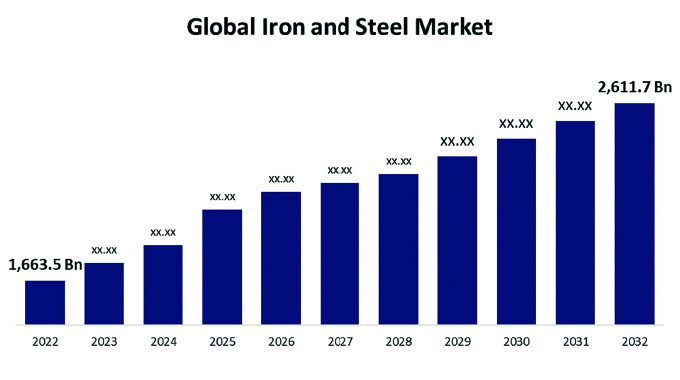Finance Minister could do with $12 billion from pension funds
Martin Tarusenga Correspondent
The exposition on the relationship of pension benefits calculations, to member contributions over their long participation periods, published in this paper over the last two to three weeks, got readers questioning what it is that insurance companies did with their investments in the pension funds. The exposition cited a member of a real pension fund who got $3 580 as his asset share, when he expected about $26 000 after 33 years partici- pation.
It turns out that almost all insurance companies disregarded the requirement to preserve benefits accrued under pension arrangements in accordance with the design intention of the pension contracts in question.
The result of disregarding pension benefit preservation was the paltry benefits that insurance companies have made out in vain to be the correct pension benefits.
As an indication of the numbers affected, the number of registered pension funds as reported by Insurance and Pension Commission (IPEC) (then known as the Registrar of Pension and Provident Funds back in the 1980s and 90s) stood at 2 256 and 2 976 in 1995 and 2009 respectively.
The membership of these funds at the same point in time totalled 1,05 million and 0,9 million respectively.
With an average of a million people contributing at the level such as the member discussed above, for over 25 years, it is unimaginable that they could end up being entitled just $3 000 or nothing, as insurance companies reported to these members in 2009, without categorical explana- tions.
It is therefore advisable to cross-check how inflows into the pension funds compare to outflows from the funds, and whether there was any net new money (after outflows), into the pension funds over the period in question.
Contributions into the pension funds by the million members, at the levels indicated by the member discussed above, and investment income are the major inflows into pension funds.
The investment income is from the usual investments (from property, Government bonds, equities, etc).
Fund expenditures including benefit payments and administration expenditures, on the other hand are the major outflows from pension funds.
The reports from IPEC show net income in real (US$) into pension funds increasing since 1982, even peaking between the period 1997-2004.
This ties up nicely with the observed stead increase in aggregate membership of pension funds.
The steady increase in net income is in part as a consequence of the contributions made by the members such as the one discussed and in part as a consequence of the investment income.
Now, with positive net new income into the pension funds, it is expected that pension fund balances at the end of every reporting year will increase by the new money made over the year, if they started with a positive balance, or even a zero balance.
It is also expected that the accumulated fund for the member under discussion would similarly increase.
It is therefore further advisable to reconstruct aggregated US$ pension fund balances in Zimbabwe over the period in question since 1982, starting off with the 1982 year-end aggregated pension fund balance of slightly over US$1 billion.
The reconstruction from the IPEC reports reveals that the pension fund industry in Zimbabwe is expected to have hit a US$7 billion fund balance by 1998, and the US$12 billion mark in 2009.
But hiding behind the inflation of the period from about 2005-2008, and avoiding all specificities, the pension fund industry as spearheaded by insurance companies, reported in 2009 that they held slightly less than $1 billion!
A reconstruction of the progression of the aggregated balances for pension funds for this period, using the starting balance in 1982, and the net incomes achieved at the end of each year during the period, notwithstanding the economic problems that Zimbabwe encountered between 2006 and 2008, this increase in the value of pension funds in Zimbabwe, should be compared to the general worldwide trend of a continued increase in the value of pension fund assets averaging at least 6 percent per annum since 2003 (Towers Watson Global Pension Assets Studies 2013 & 2014).
US$ equivalents of Zim$ pension fund balances as reported in the IPEC reports, however, show aggregated pension fund balances remaining roughly constant at about US$1,5 billion to about 1996-7, despite the increasing net new money into pension funds — strange isn’t it!
Even more strange is that the balances began falling from 1997, despite the increasing net new money, and despite positive opening balances.
Considering that net income was generally increasing, and that pension benefits and other expenditures were met from pension fund incomes (new money) each year, as already highlighted, why were the base/core investments as reflected in the opening balance in 1982, and successive years not being increased by the net new money obtaining each year? Why did the fund balances start falling in 1997?
The latter is an era when insurance companies started a policy of transferring the management of funds accumulated under mutual (burial society-like) ownership, to management under shareholder-owned companies, so called demutualisation.
At the time it was very plausibly rumoured that demutualisations in Southern Africa were plans to misappropriate and externalise value in response to political develop- ments.
The constant and falling aggregated year-end fund balances for each year, for the period in question can only be explained by an act of asset stripping that is not apparent in these IPEC reports.
To lend credibility to these plausible fraud suspicions and rumours thereof, members of pensioner groups have submitted hard evidence of insurance policy contract terms being varied without their consent, to terms that rendered these policies valueless, during this same period, by the largest insurance companies operating in Zimbabwe.
Whole generations/groups of policies taken out many years ago were rendered valueless in the face of these pensioners, despite their vehement protests.
With the Finance Minister looking for money in China and elsewhere, what could he do with $12 billion if it is brought back in circulation by insurance companies?
Martin Tarusenga is General Manager of Zimbabwe Pensions & Insurance Rights. Email, [email protected]; telephone; +263 (0)4 797020; Mobile; +263 (0)772 889 716
Opinions expressed herein are those of the author and do not represent those of the organisations that the author represent






Comments